In the current wave of home and bathroom space design, freestanding bathroom vanity is increasingly becoming a popular choice in the market. Particularly in emerging markets across Europe, the Americas, and Asia, consumers are showing growing preference for these practical yet design-focused products when renovating their bathrooms. For homeowners, designers, or retailers planning bathroom renovations, understanding the pros and cons of freestanding bathroom vanities will help them better grasp market trends and make rational yet aesthetically pleasing decisions.
In recent years, with the growing popularity of the “less is more” approach to bathroom design, bathroom spaces have transcended their purely functional roles to become reflections of household living standards and personal taste. According to reports from multiple market research institutions, the global bathroom furniture market is projected to expand at a compound annual growth rate (CAGR) of 5% to 7% from 2023 to 2028, with freestanding bathroom vanities capturing a significant market share.
Compared to traditional wall-mounted or built-in sink cabinets, freestanding designs offer greater flexibility and diversity, aligning with contemporary aesthetic preferences for “personalization,” “mobility,” and “minimalist style.”
Advantages of Freestanding Bathroom Vanity (Pros)
1. Installation is flexible and highly adaptable
A freestanding bathroom vanity requires no complex wall drilling or mounting, making it adaptable to almost any bathroom layout. This flexibility is particularly valuable for renovating older homes or properties with unique floor plans.
2. Diverse styles with outstanding design sense
The materials and styles of standalone bathroom cabinets on the market are diverse, ranging from classic, solid-wood retro designs to modern metal and stone slab combinations, catering to various aesthetic preferences.
It is not only storage furniture but also a visual focal point for the bathroom, instantly elevating the spatial texture.
3. High mobility and convenient later modifications
Compared to cabinets fixed in the wall, freestanding bathroom cabinets are relatively more straightforward to move or replace. For consumers who prefer periodic home style changes, the cost of future modifications is lower.
4. Flexible Storage Space
Most freestanding bathroom vanities leave a gap at the bottom of the cabinet, which not only facilitates cleaning but also allows for the temporary storage of small items. Additionally, their internal storage layout is flexible and can be customised according to user needs.
5. A wide cost range, suitable for different budgets
The price range of freestanding bathroom cabinets is quite broad, offering both budget-friendly options around one thousand yuan and high-end custom luxury models priced at ten thousand yuan or more. This provides a broader selection for diverse consumer groups.
Disadvantages of Freestanding Bathroom Vanities
1. Slightly Lower Stability Than Wall-Mounted Units
Without full wall anchoring, some lower-quality products may exhibit slight wobbling or insufficient weight-bearing capacity. When using marble countertops or double-basin designs, selecting a high-quality cabinet structure is essential to avoid long-term safety concerns.
2. Larger Footprint
Freestanding units require dedicated floor space, potentially creating a cramped feel in compact apartments or narrow bathrooms. Wall-mounted vanities offer superior space-saving advantages in such settings.
3. Increased Cleaning Difficulty
While the open-bottom design facilitates partial cleaning, dust and water stains tend to accumulate at cabinet-floor junctions and countertop edges, requiring more frequent and thorough maintenance.
4. Exposed Piping Concerns
Freestanding vanities require careful planning for drain and supply pipe placement. Improper design may result in visible pipes that compromise aesthetics. While some premium models address this with back panels, standard consumers still need to pay extra attention to this issue.
5. Potential for Higher Costs
While freestanding bathroom vanities span a wide price range, consumers prioritising quality and design often require a higher budget. Especially when opting for imported stone slabs, natural stone, or solid wood materials, the overall renovation costs can increase significantly.

Industry Perspectives: Viewpoints from Designers and Consumers
Interior Designer Perspectives
Some designers note: "Freestanding bathroom vanities are key elements for personalising bathroom spaces. Their standalone nature and sculptural forms break traditional layouts, making them particularly suited for clients seeking light luxury and unique styles."
Consumer Feedback
In high-end apartment and villa renovation projects, consumers generally praise the visual appeal of freestanding vanities; however, some express concerns about a sense of confinement in smaller spaces. Cleaning challenges and concealed plumbing issues are also frequently mentioned.
Perspectives from Distributors and Brands
For distributors, freestanding bathroom vanities have become a key category for boosting average transaction value. A manager at a Shenzhen home improvement store noted: "Over the past two years, sales of freestanding bathroom vanities have grown by over 15% annually. Premium products featuring marble countertops and metal legs are particularly popular among middle-to-high-income consumers."
Industry Expert Analysis
Home improvement experts note that freestanding vanities reflect not only design trends but also evolving lifestyles. "Historically, bathrooms were hidden spaces, but now they serve as key venues for showcasing quality of life. The freestanding bathroom vanity's independence, flexibility, and sculptural appeal perfectly align with this shift." Experts also caution the industry that future product iterations must strike a balance between functionality and aesthetics—such as enhancing storage design and optimising waterproofing techniques—to truly meet long-term usage demands.
Future Development and Industry Opportunities
Eco-Friendly and Sustainable Materials
Bamboo, eco-friendly composite boards, and recycled wood will emerge as new trends in manufacturing freestanding bathroom vanities.
Smart Integration
Premium brands have begun incorporating elements like LED light strips, smart mirrors, and automatic sensor faucets into their products. Moving forward, freestanding bathroom vanities will evolve beyond mere storage solutions to become integral components of "smart bathrooms."
Modularity and Customisation
As consumer demand for personalisation grows, modular design will become mainstream. Users can select different combinations of countertops, cabinet bodies, and legs to achieve customized renovations.
Online-Offline Integration
E-commerce platforms are driving the evolution of freestanding bathroom vanity sales models. In the future, AR/VR technology may become a key tool for consumers to experience products virtually before purchase.
Conclusion
Overall, freestanding bathroom vanities offer significant advantages over disadvantages in bathroom renovations. They not only meet modern consumers' dual demands for aesthetics and functionality but also hold a pivotal position in market development and design innovation.
However, consumers should still consider their space size, budget, and maintenance habits comprehensively when making choices. For manufacturers and distributors, striking a balance between design appeal and practicality will be key to future competitiveness.

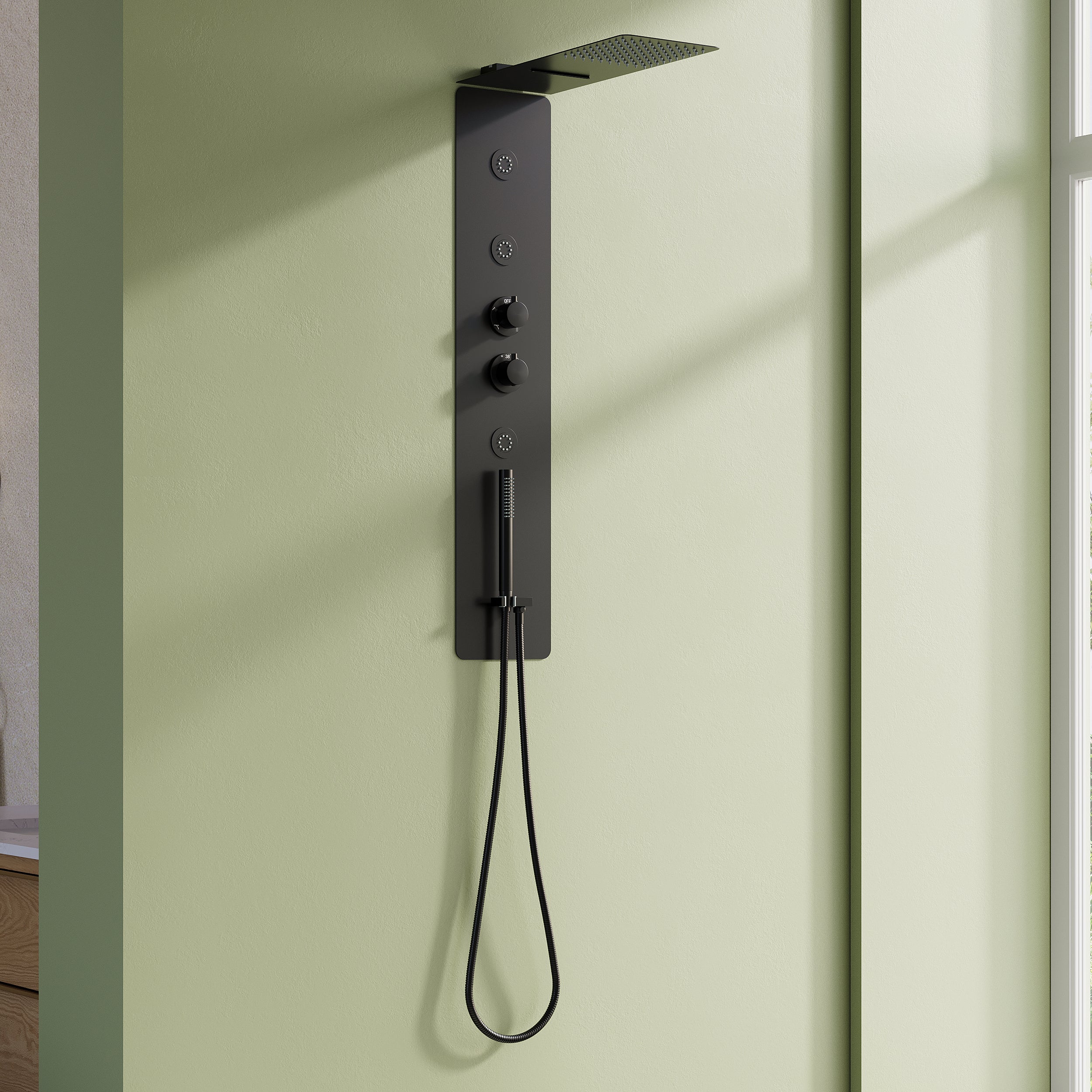






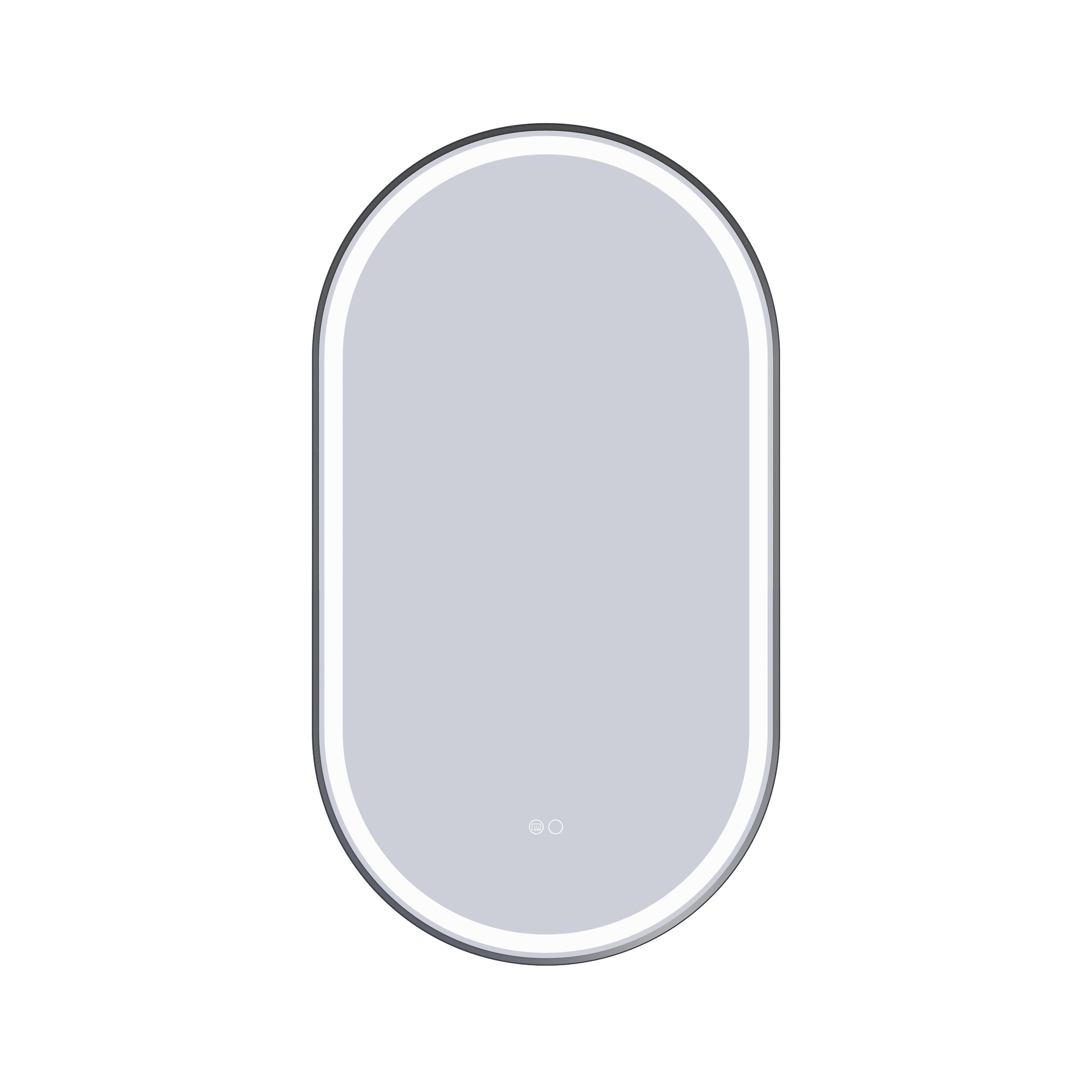

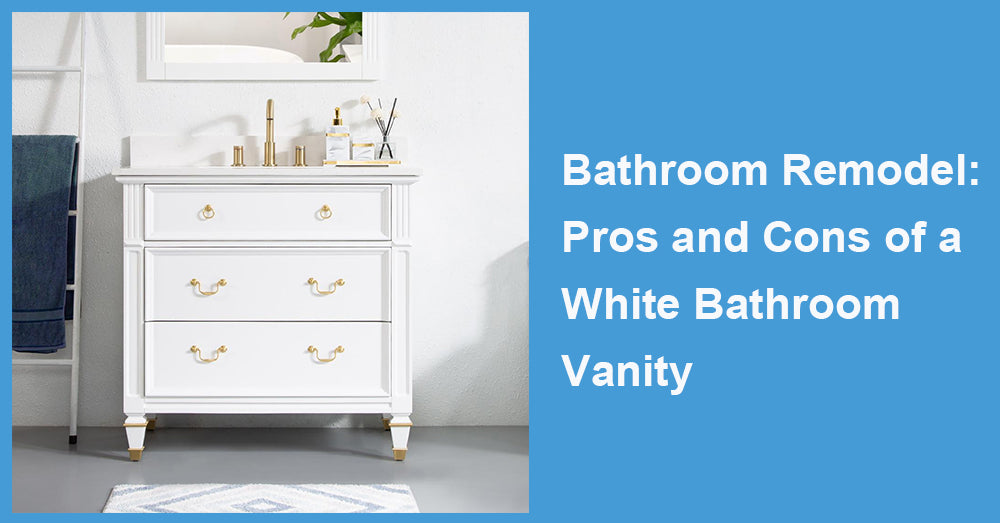
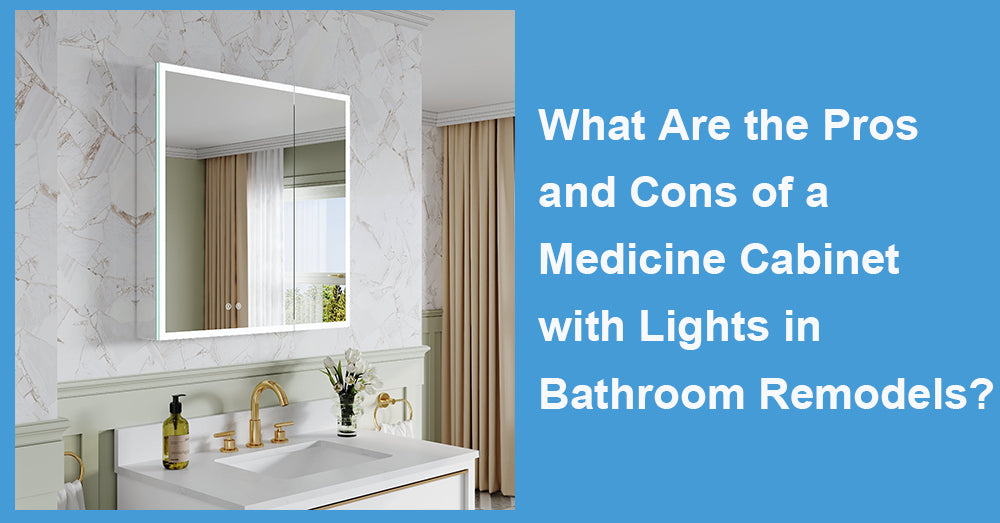
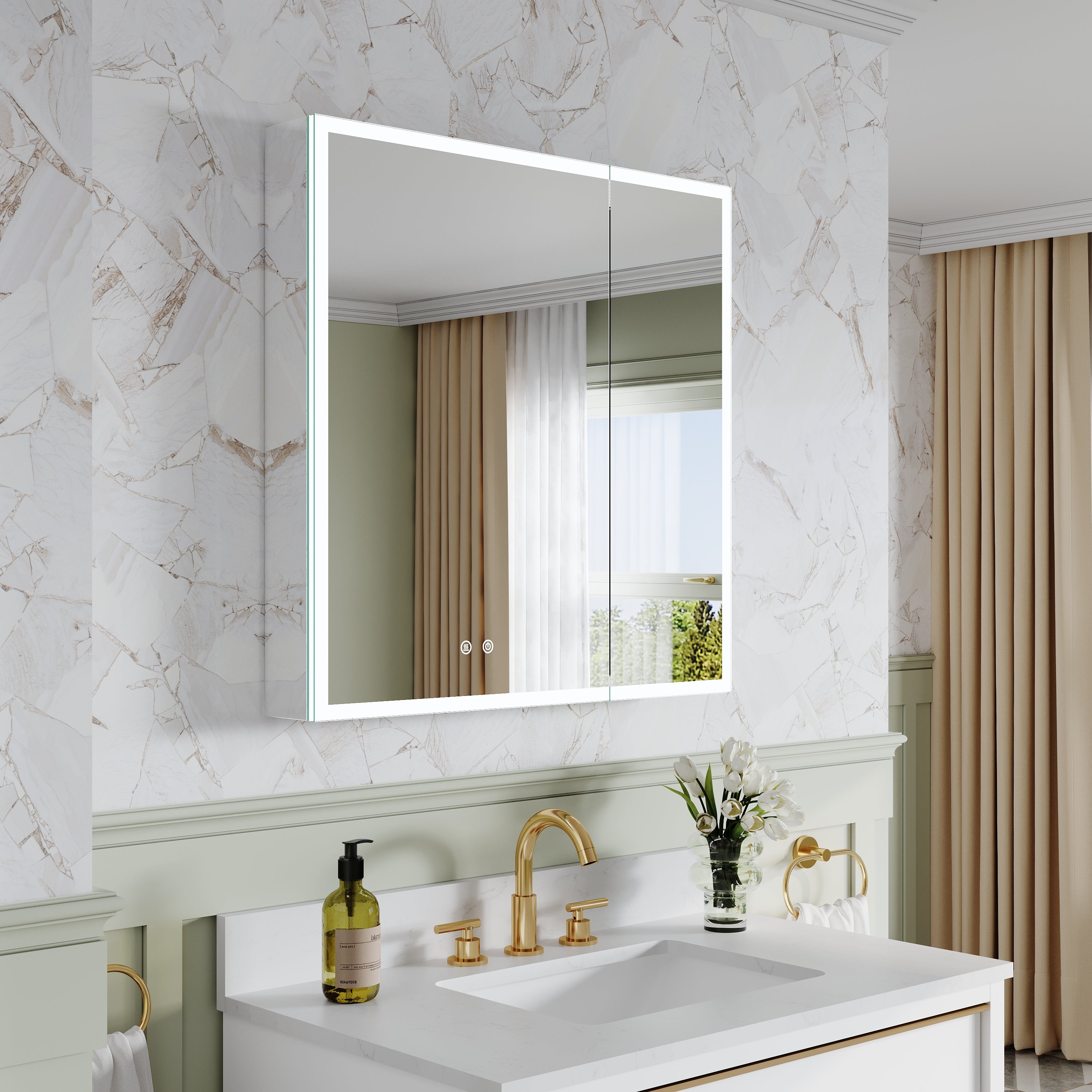
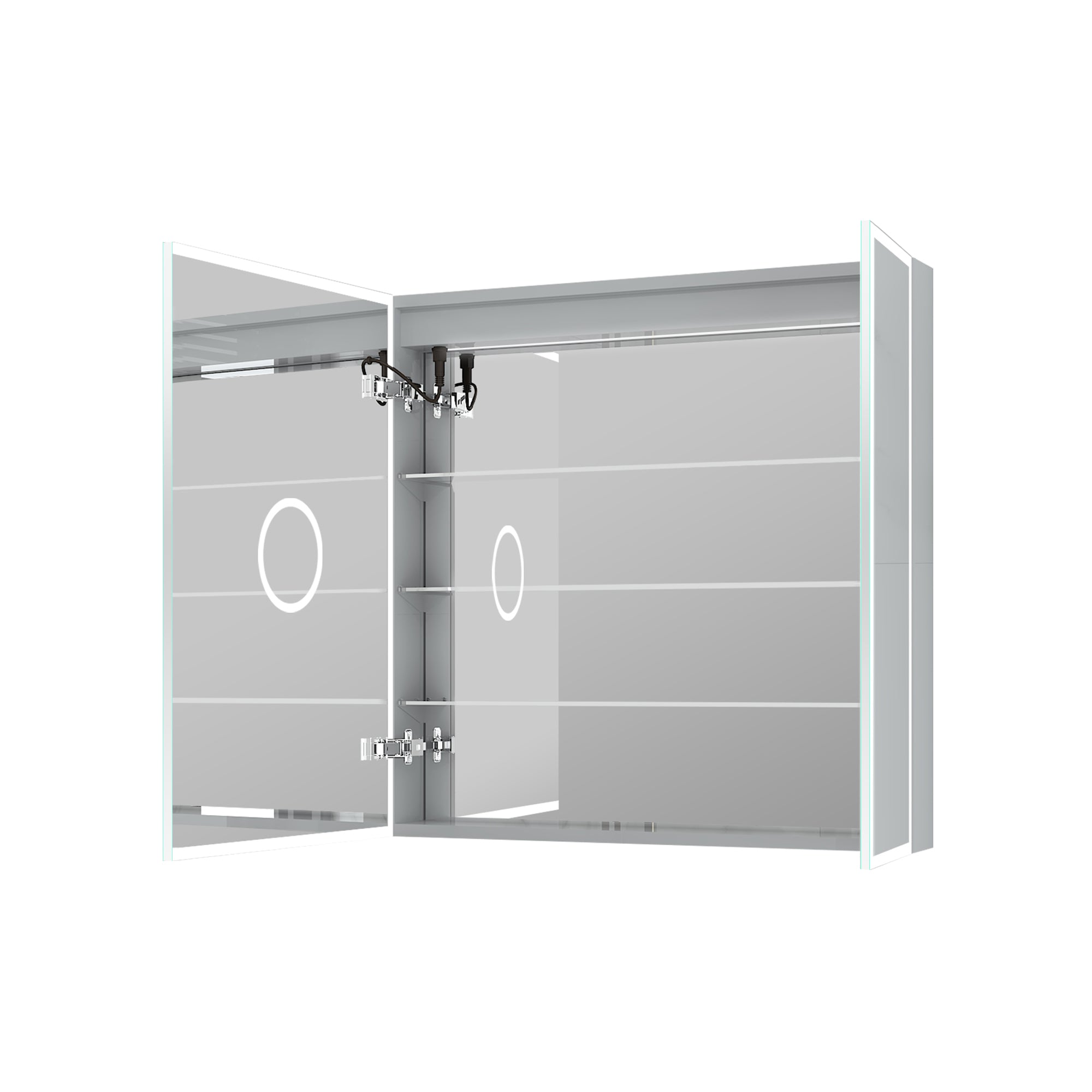
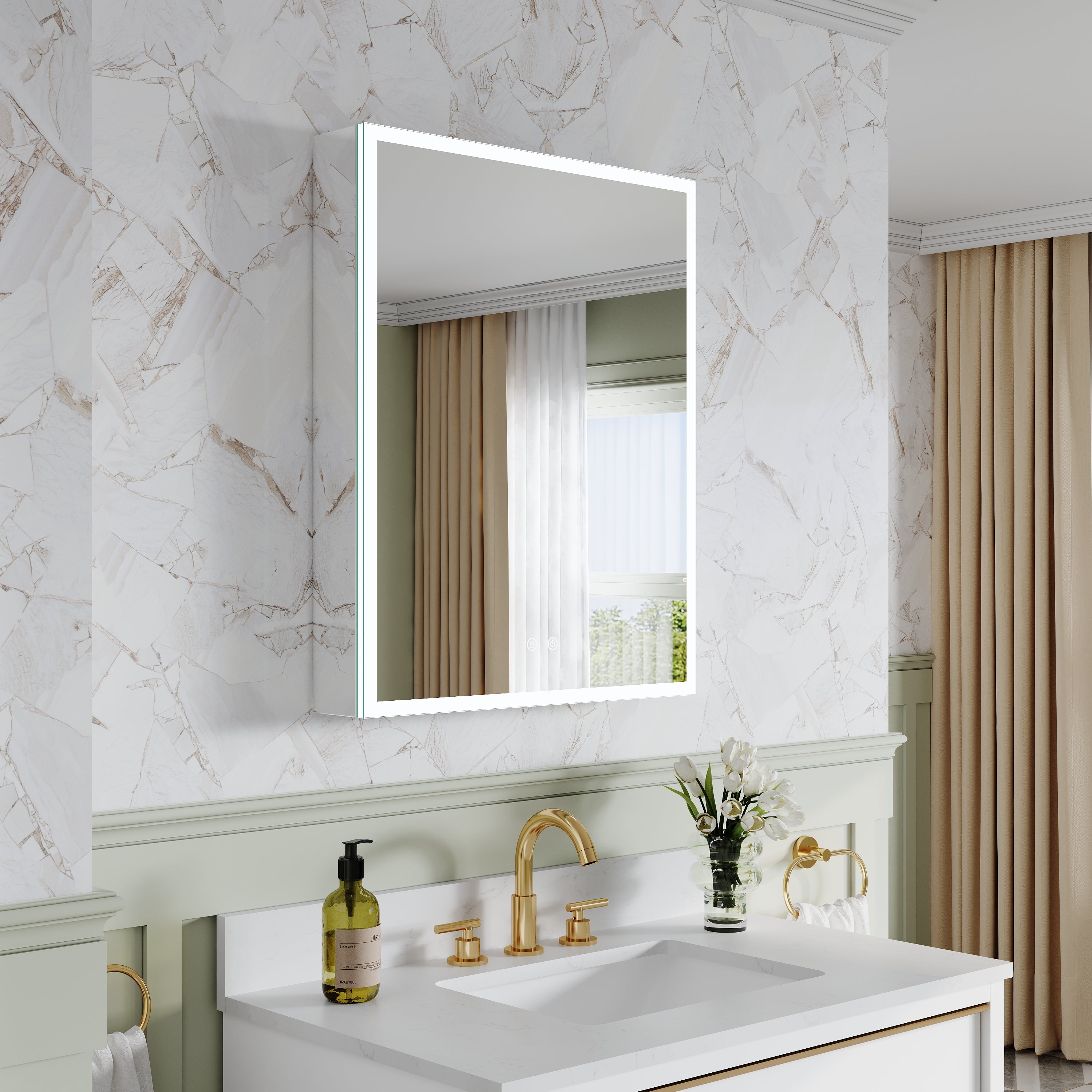
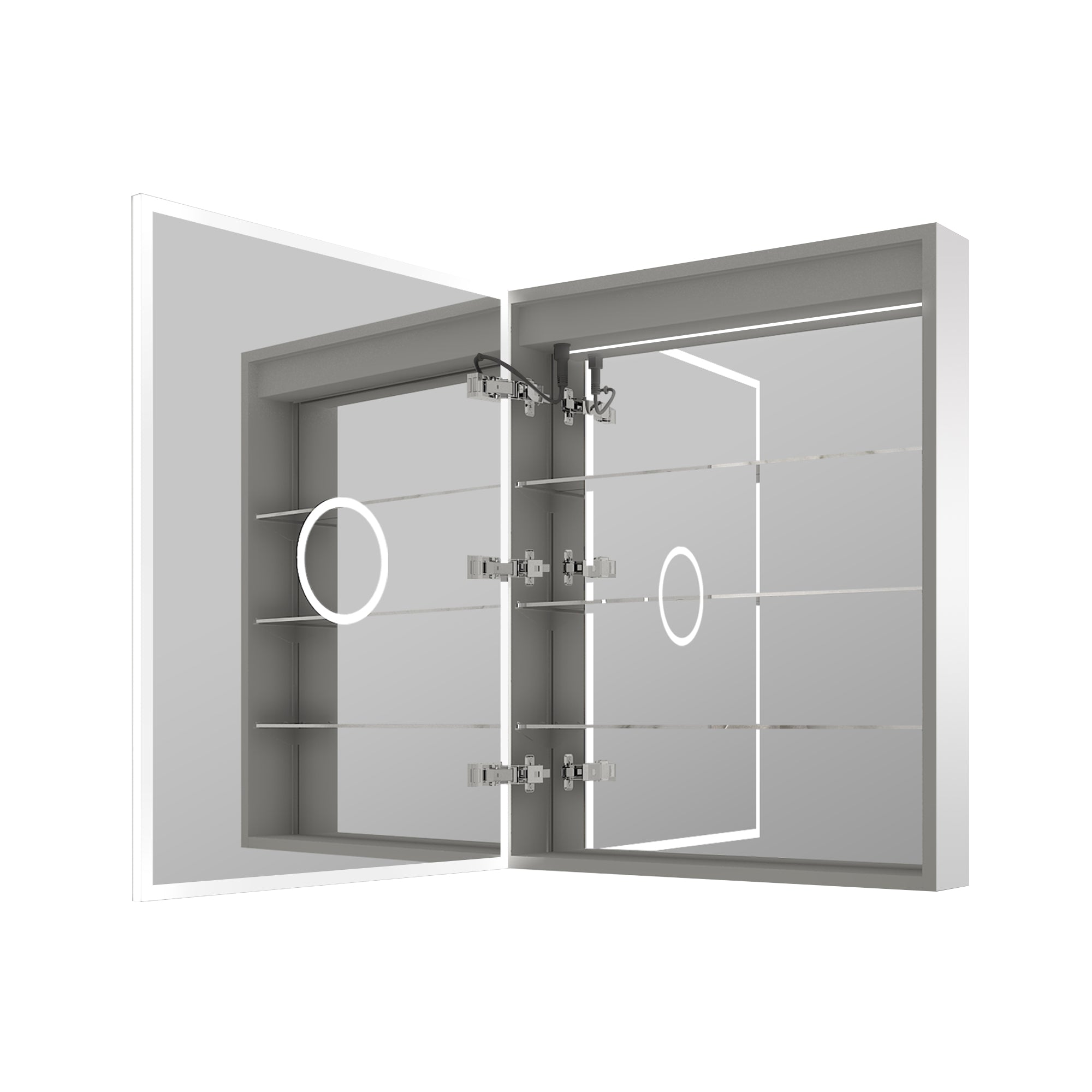
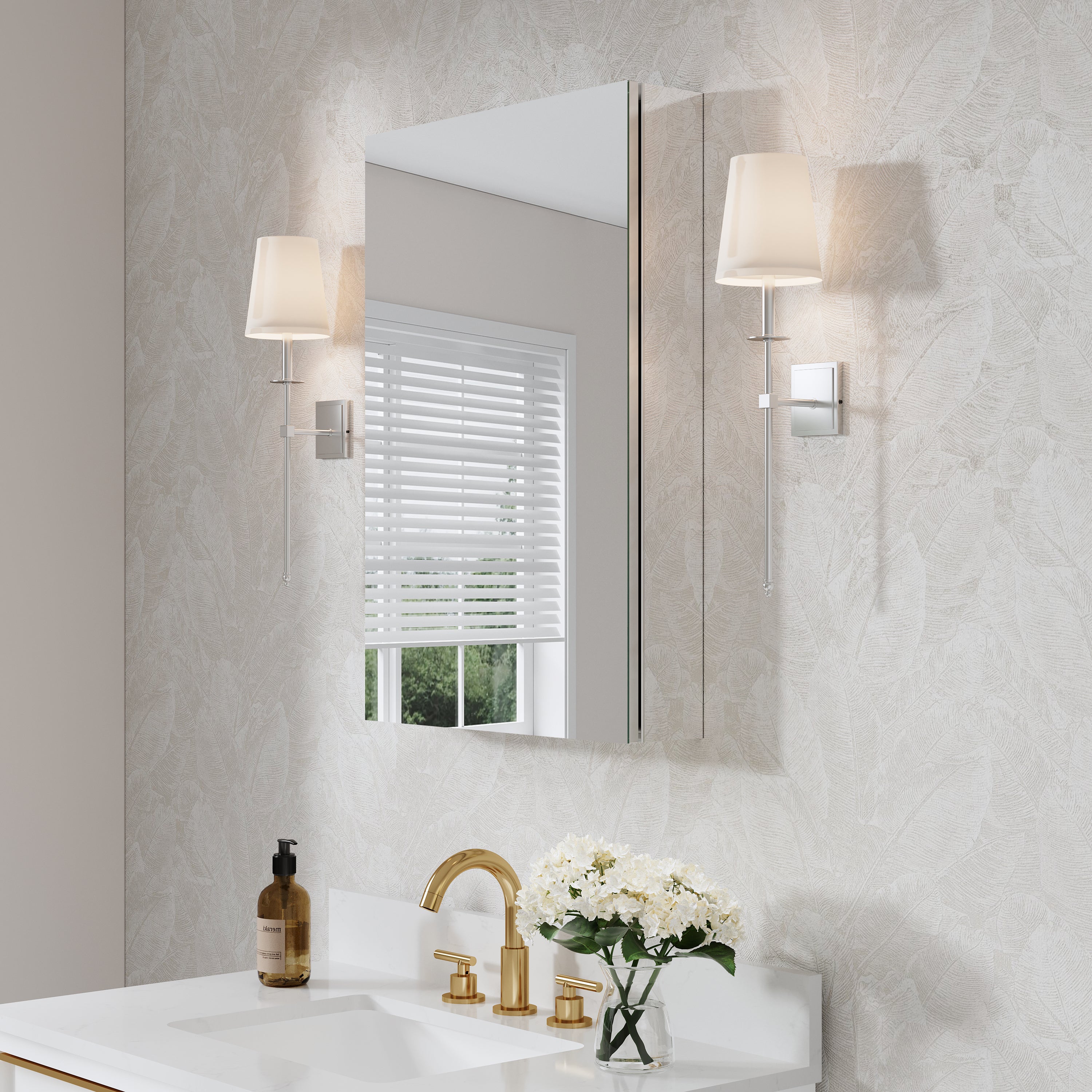
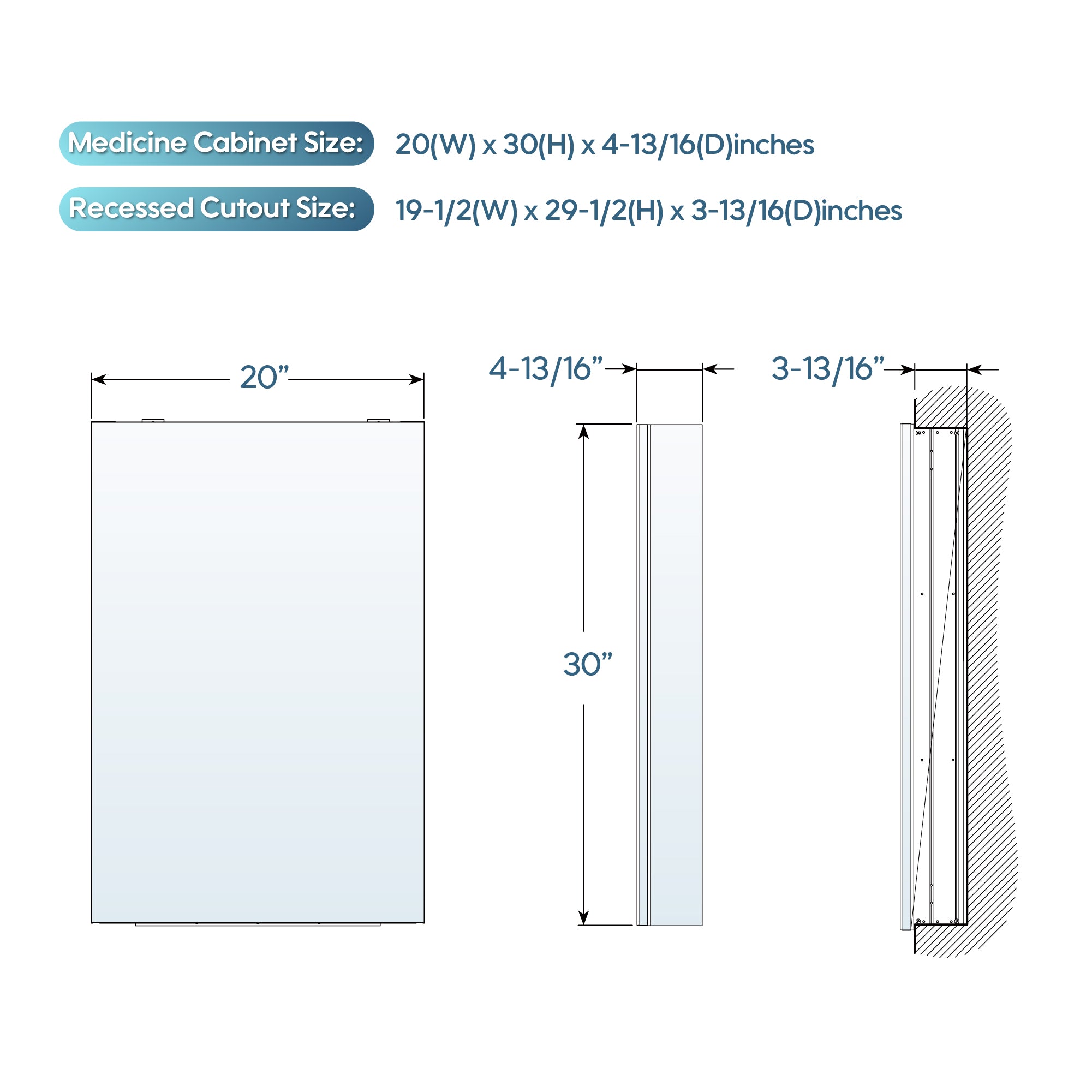
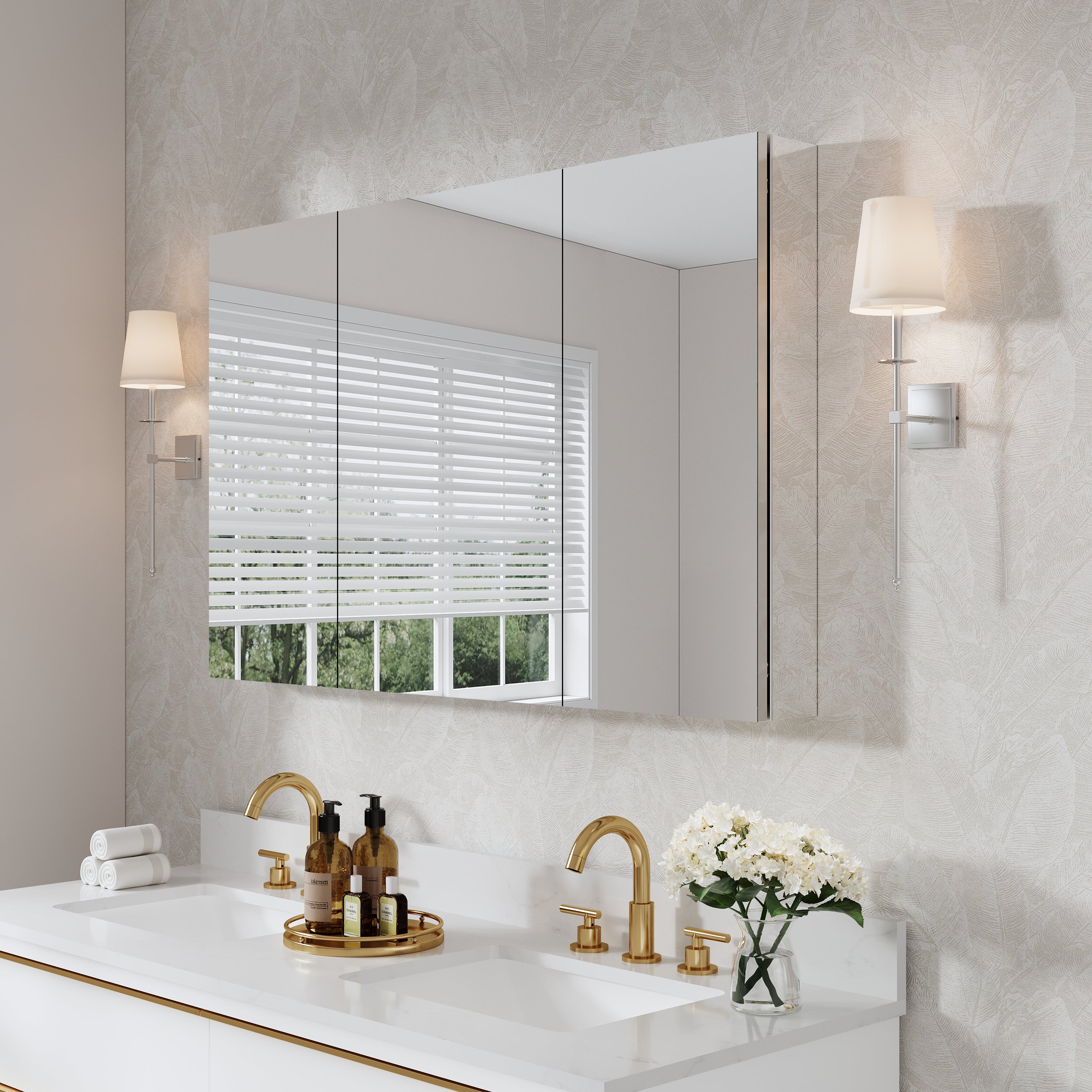
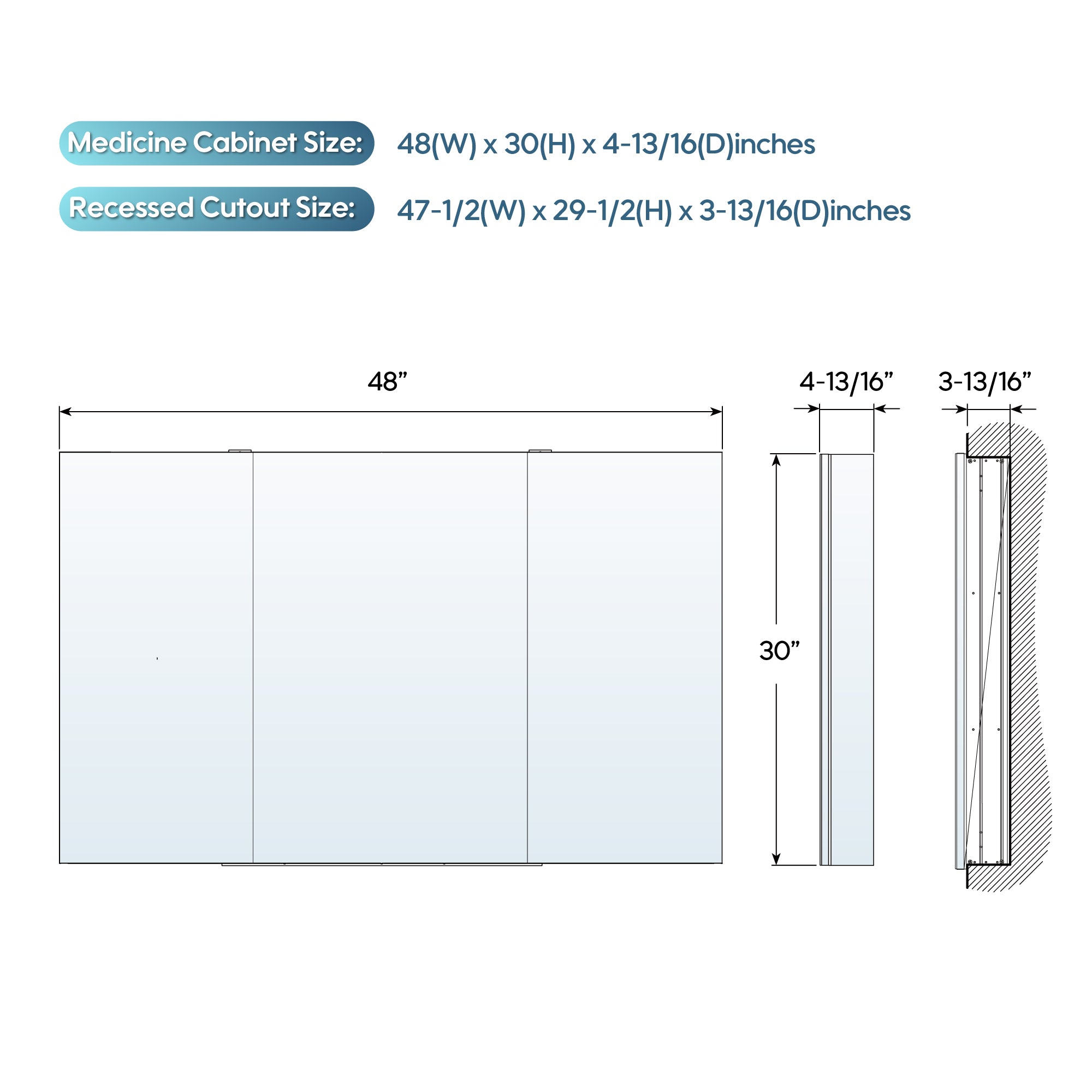
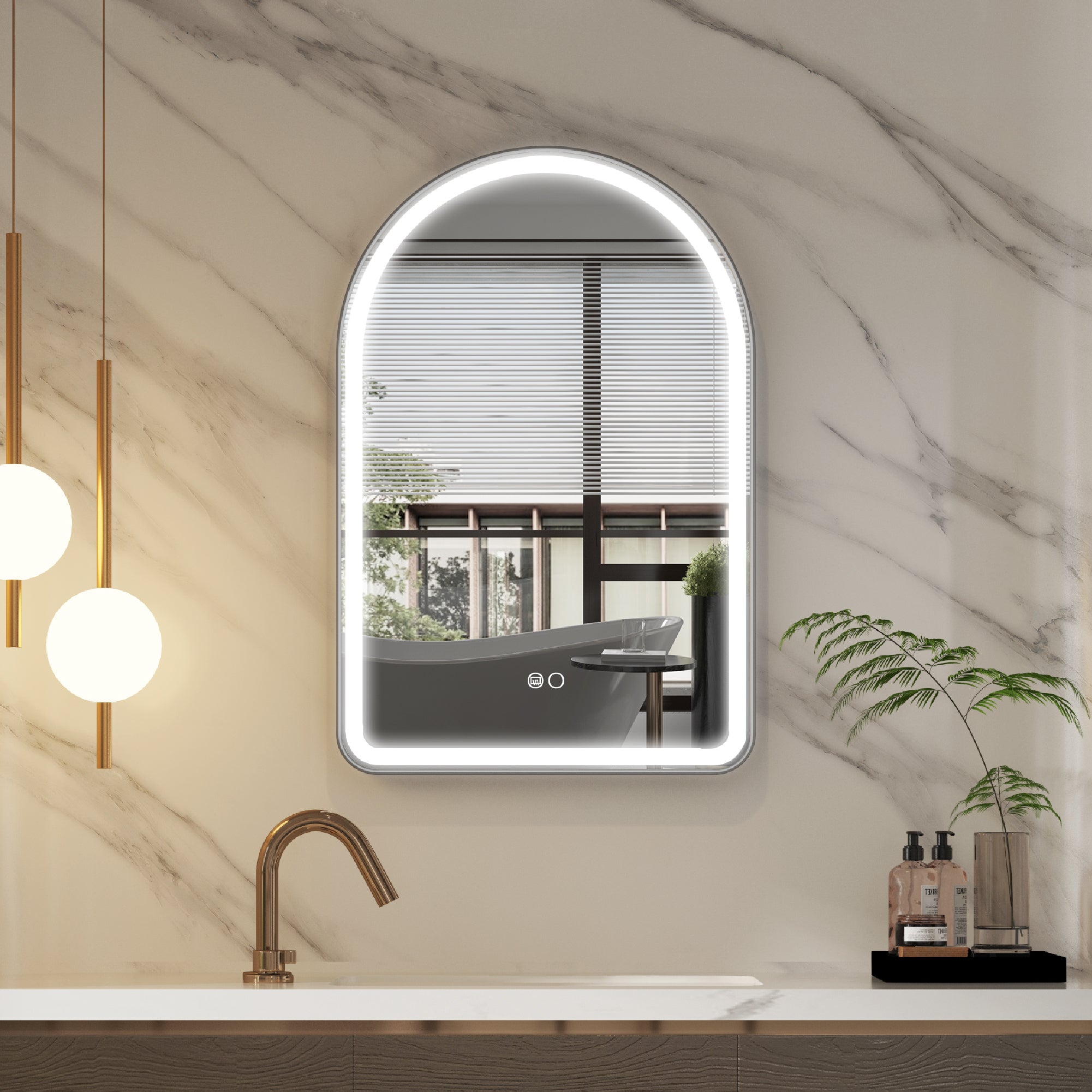
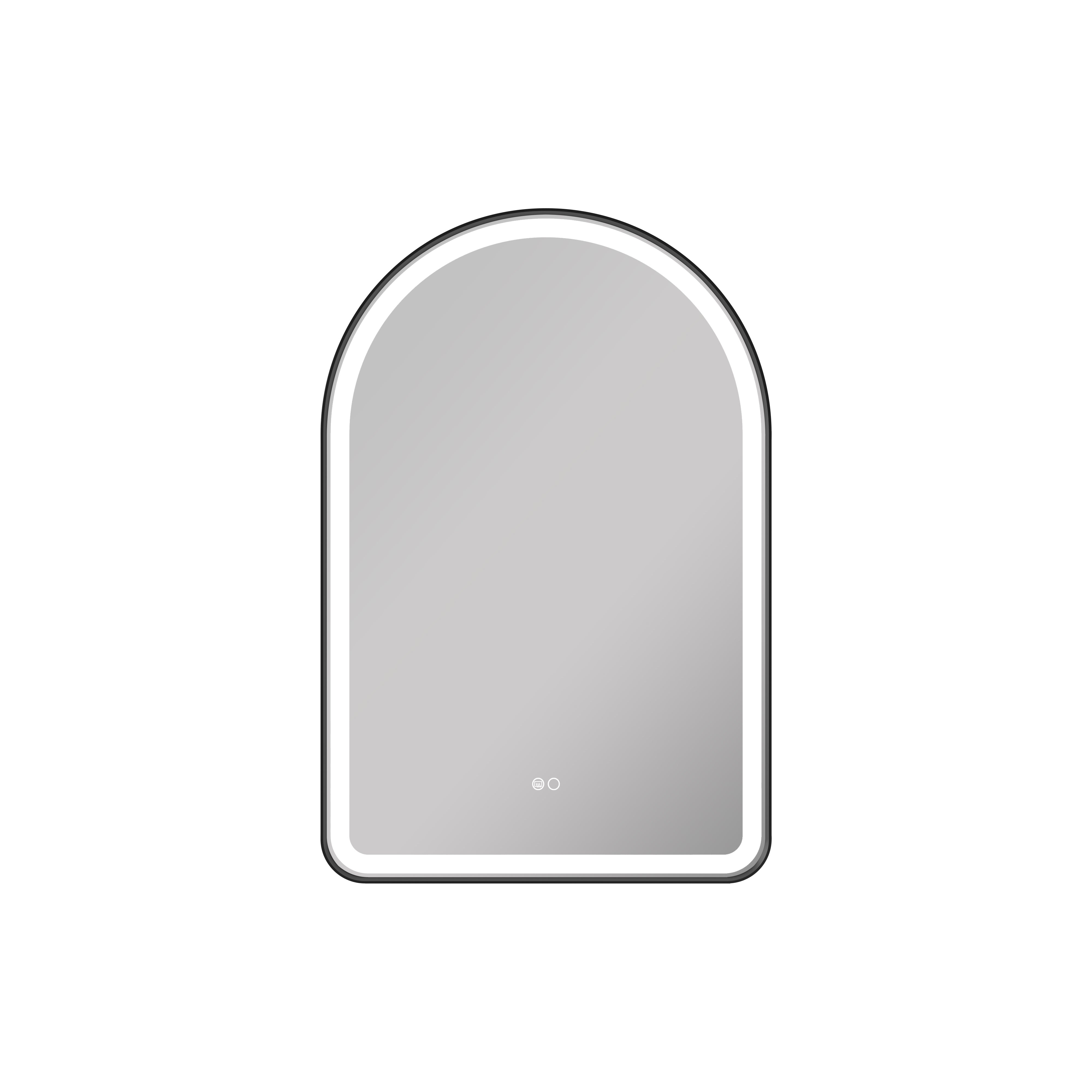


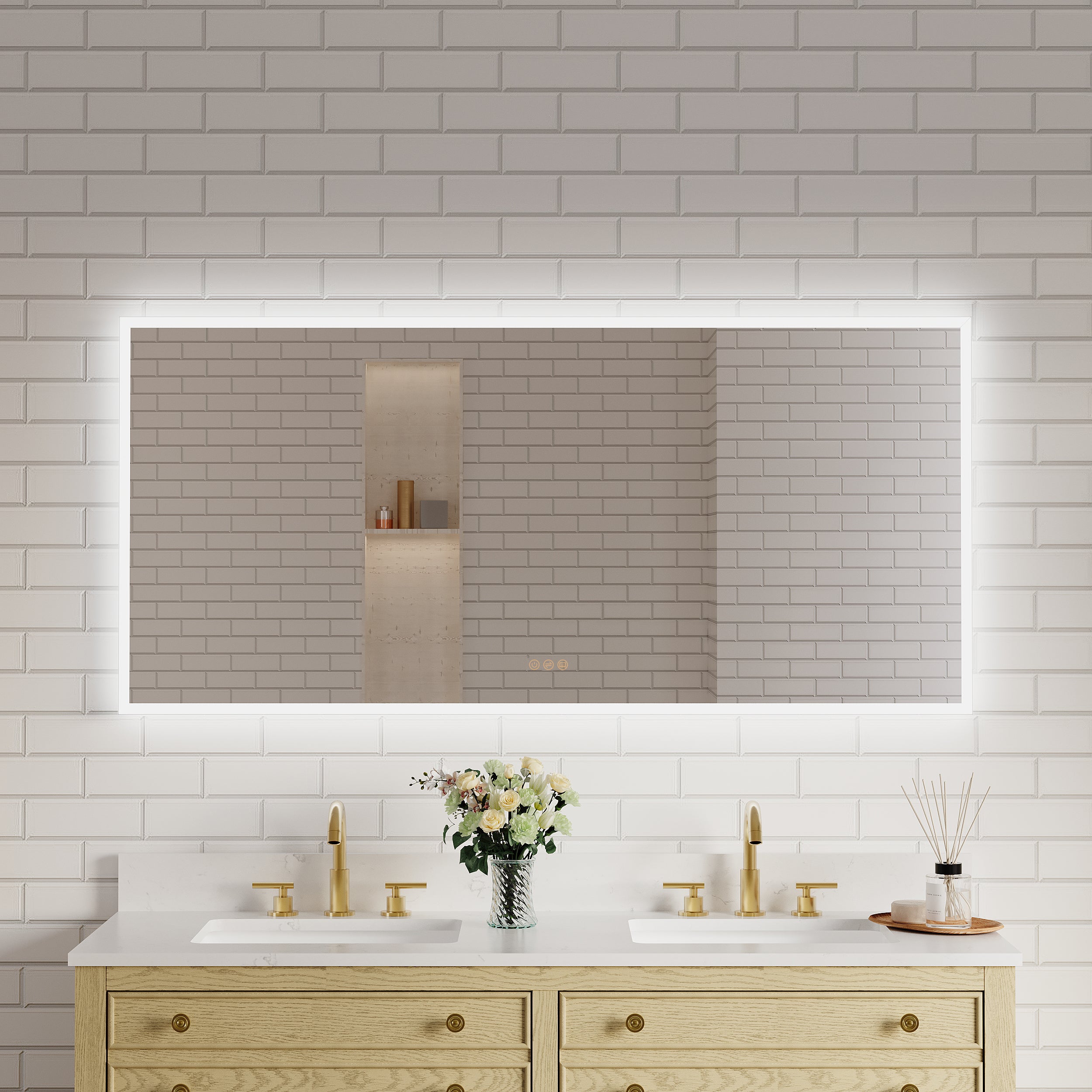

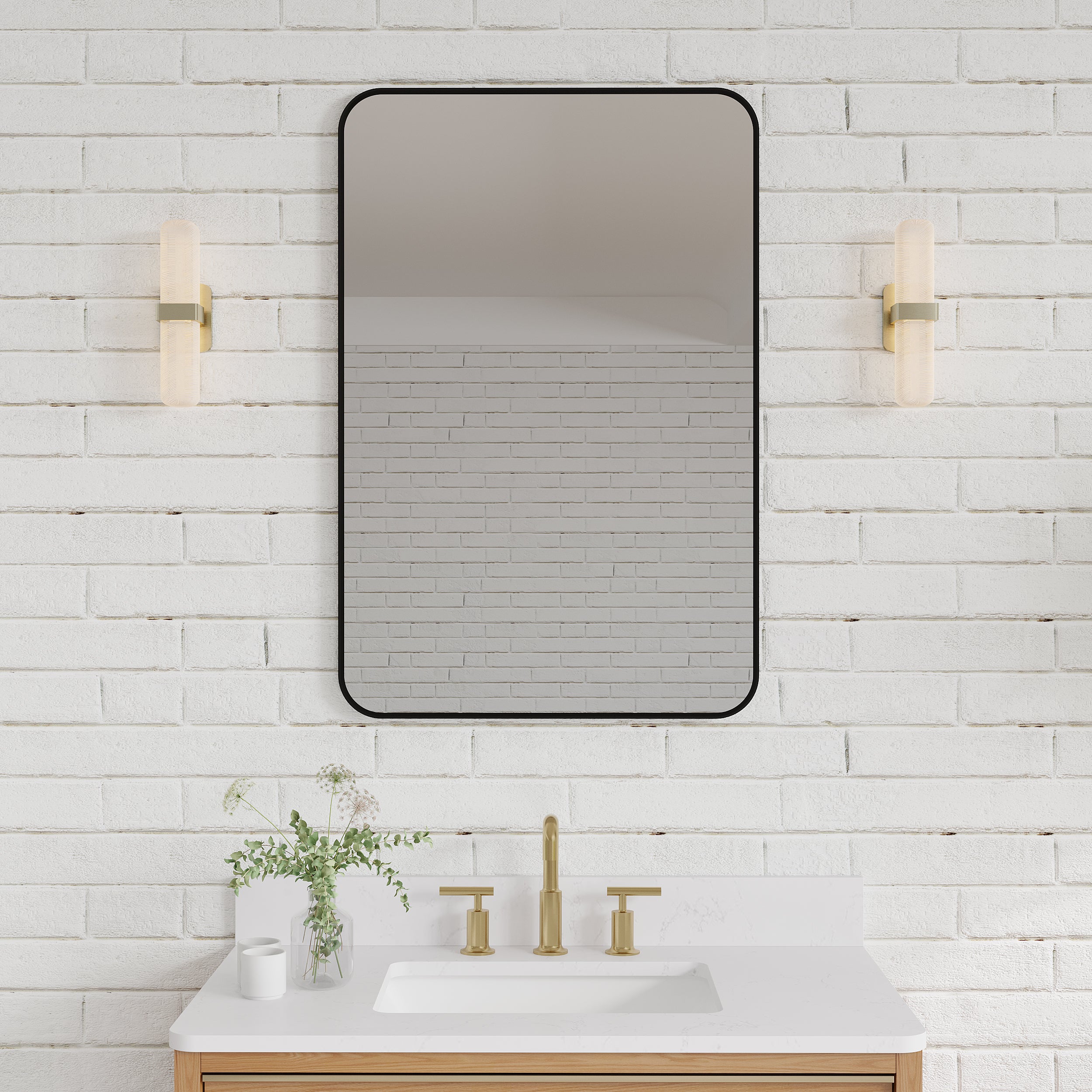

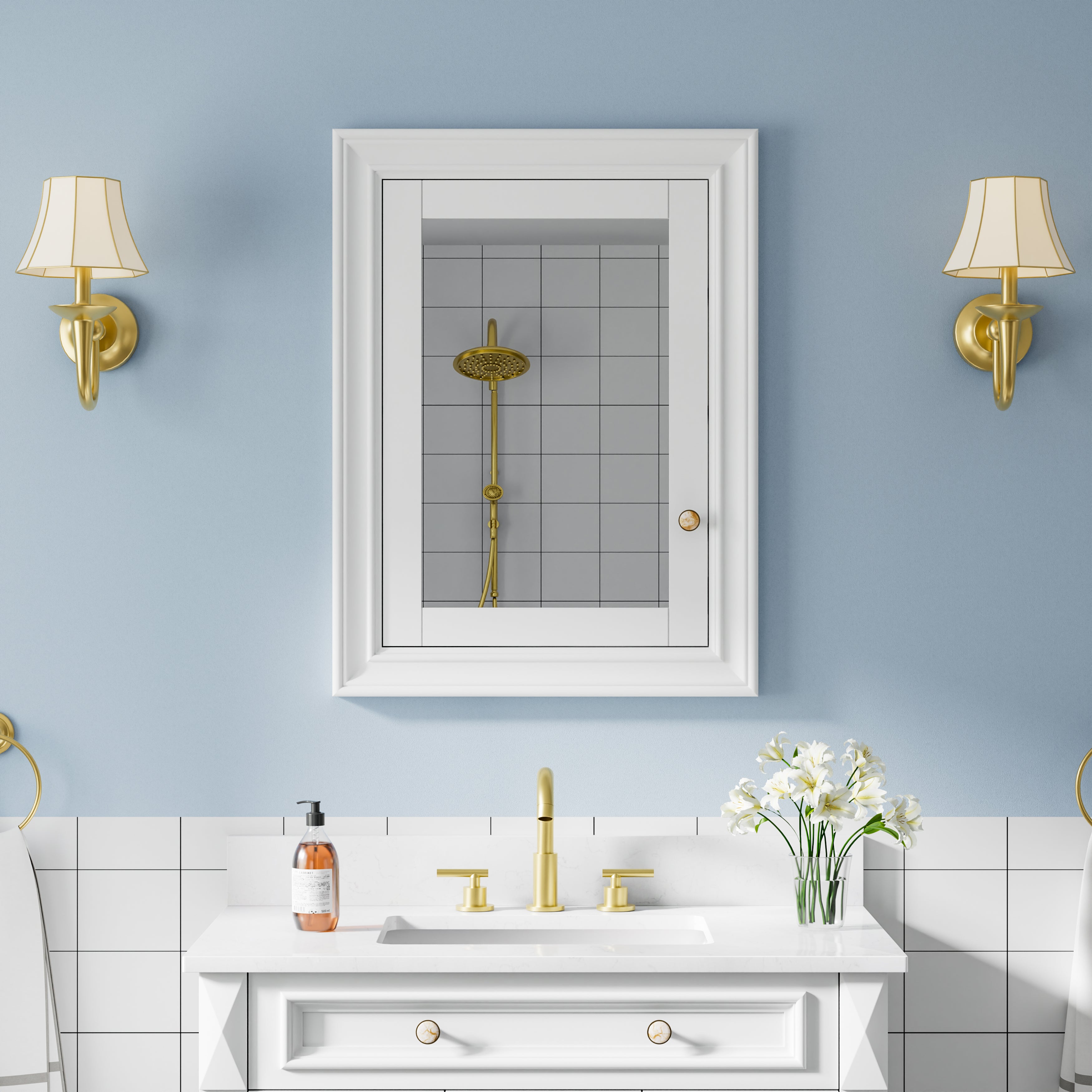
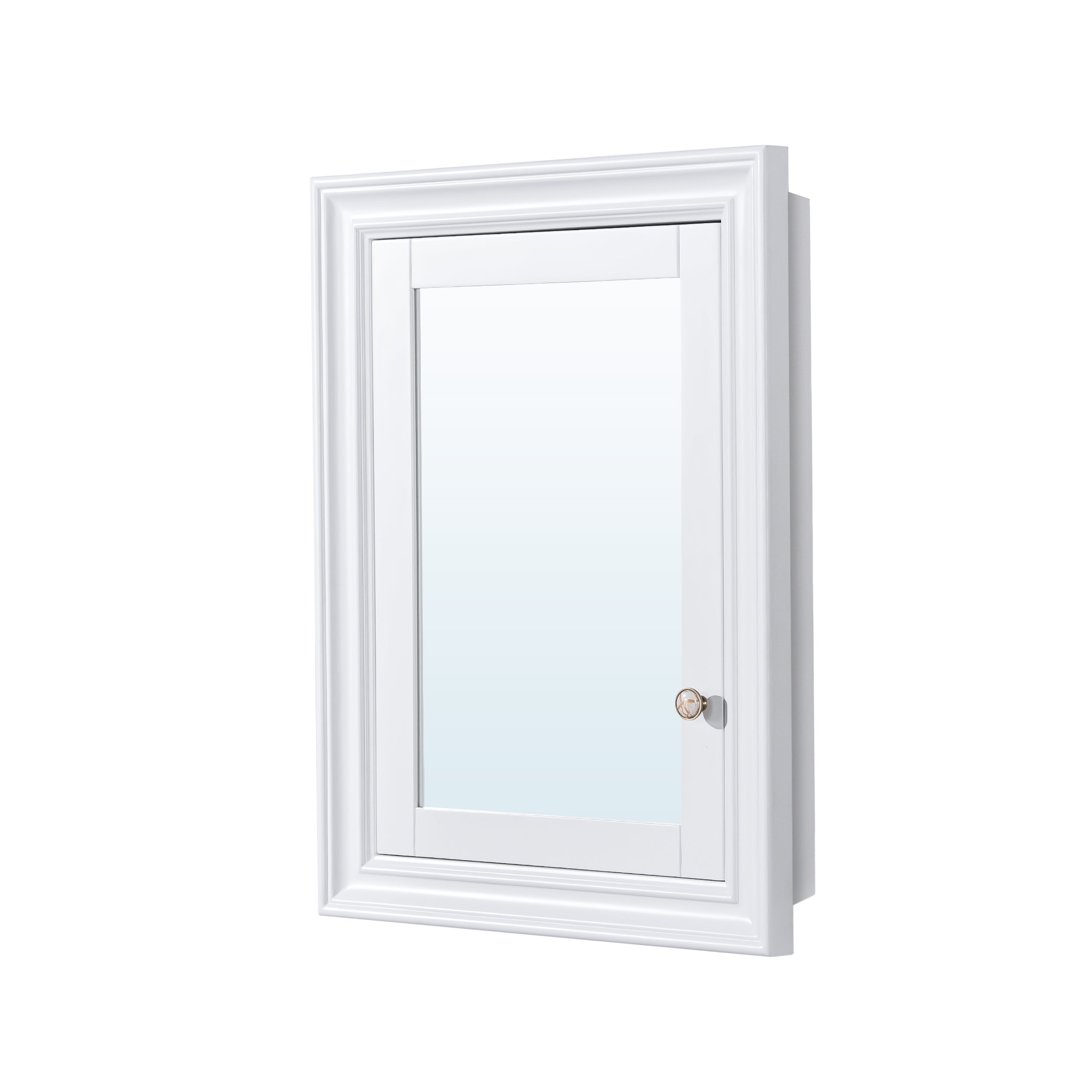










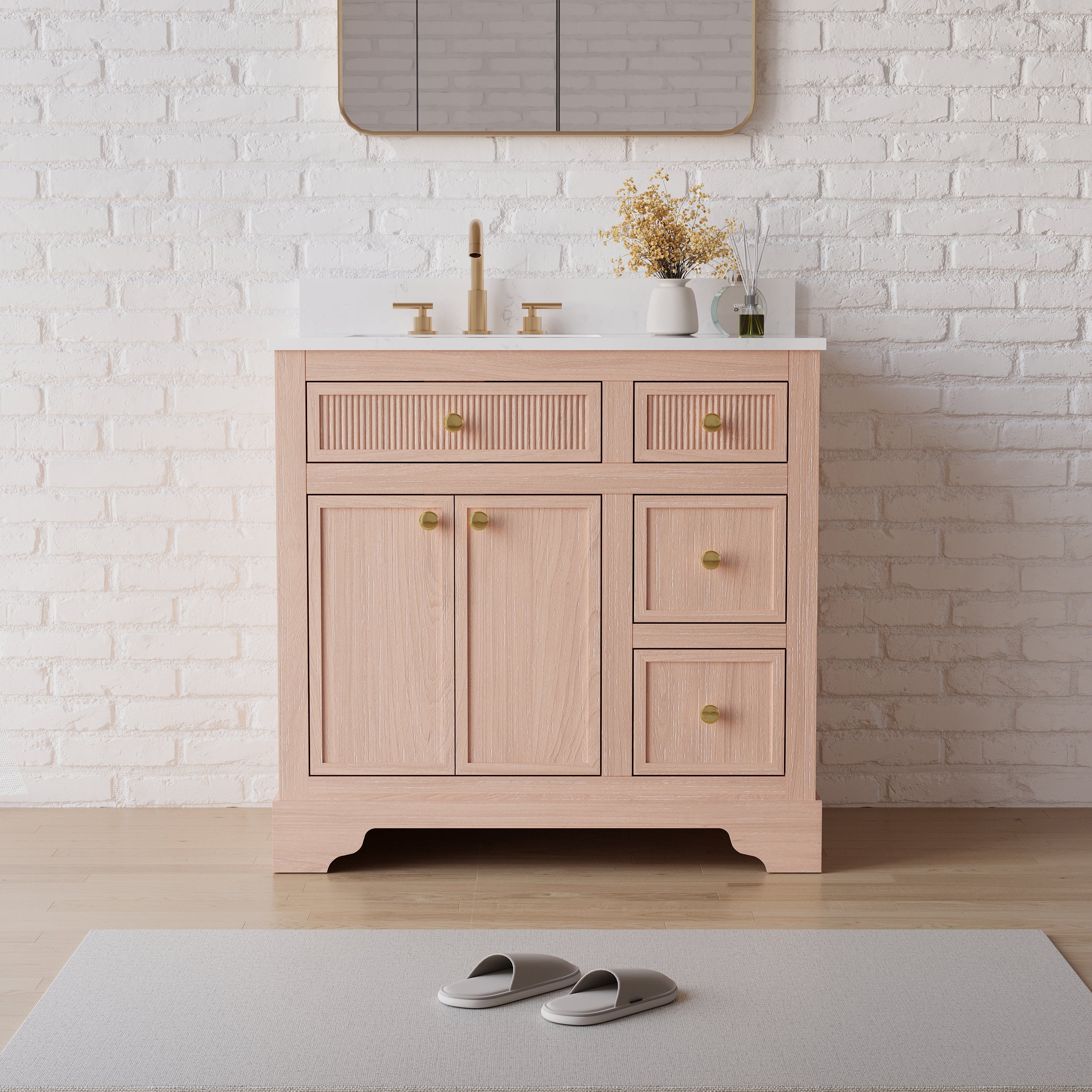
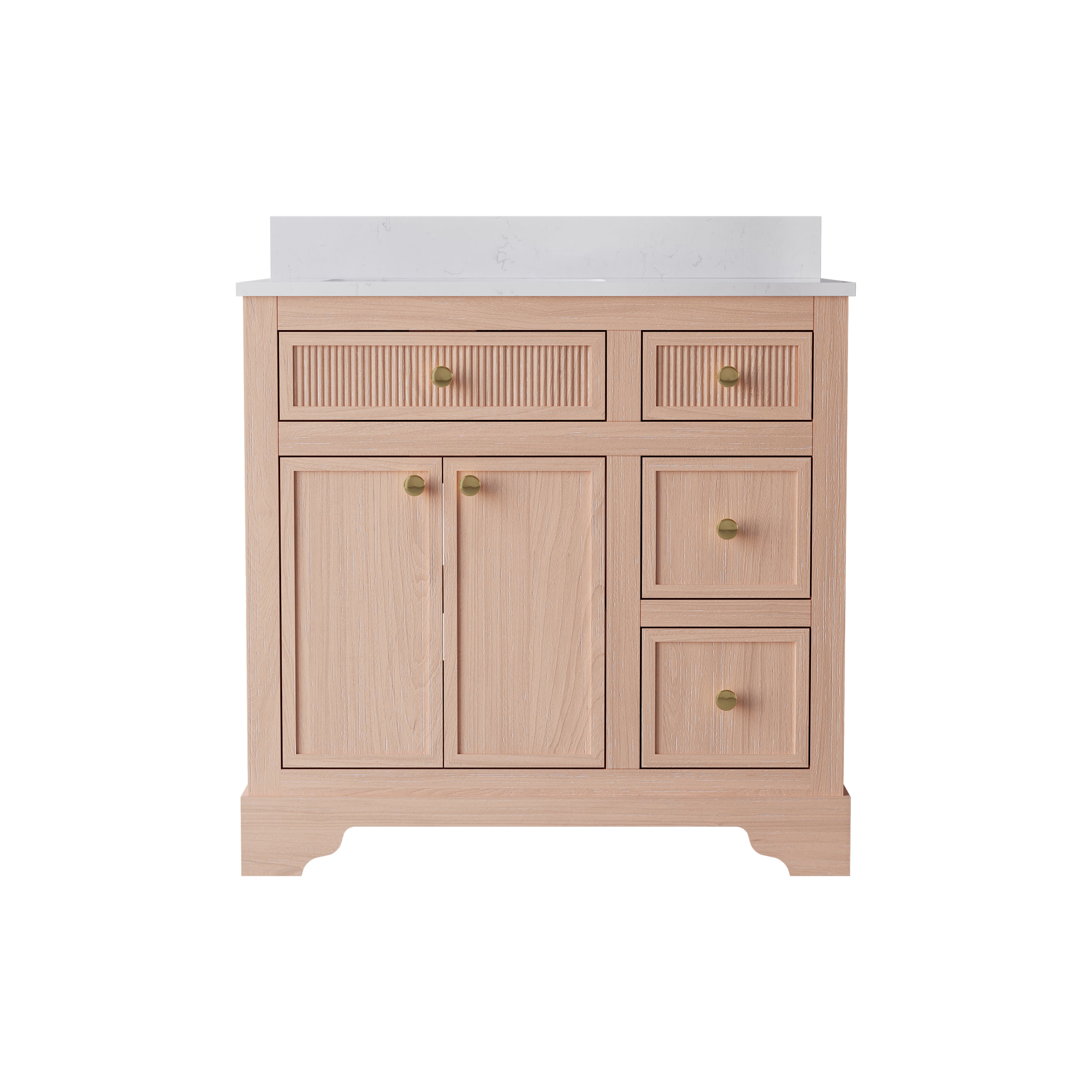
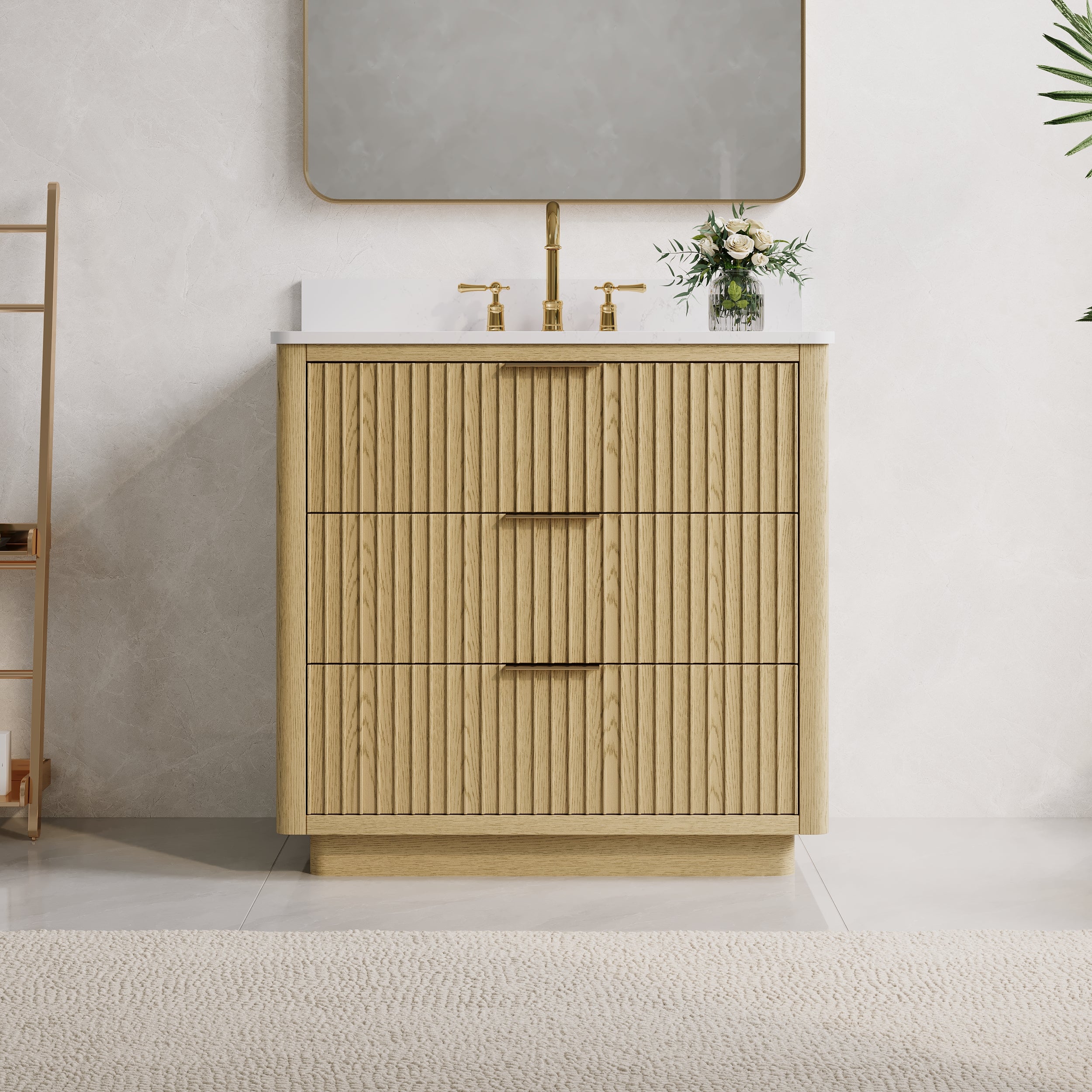
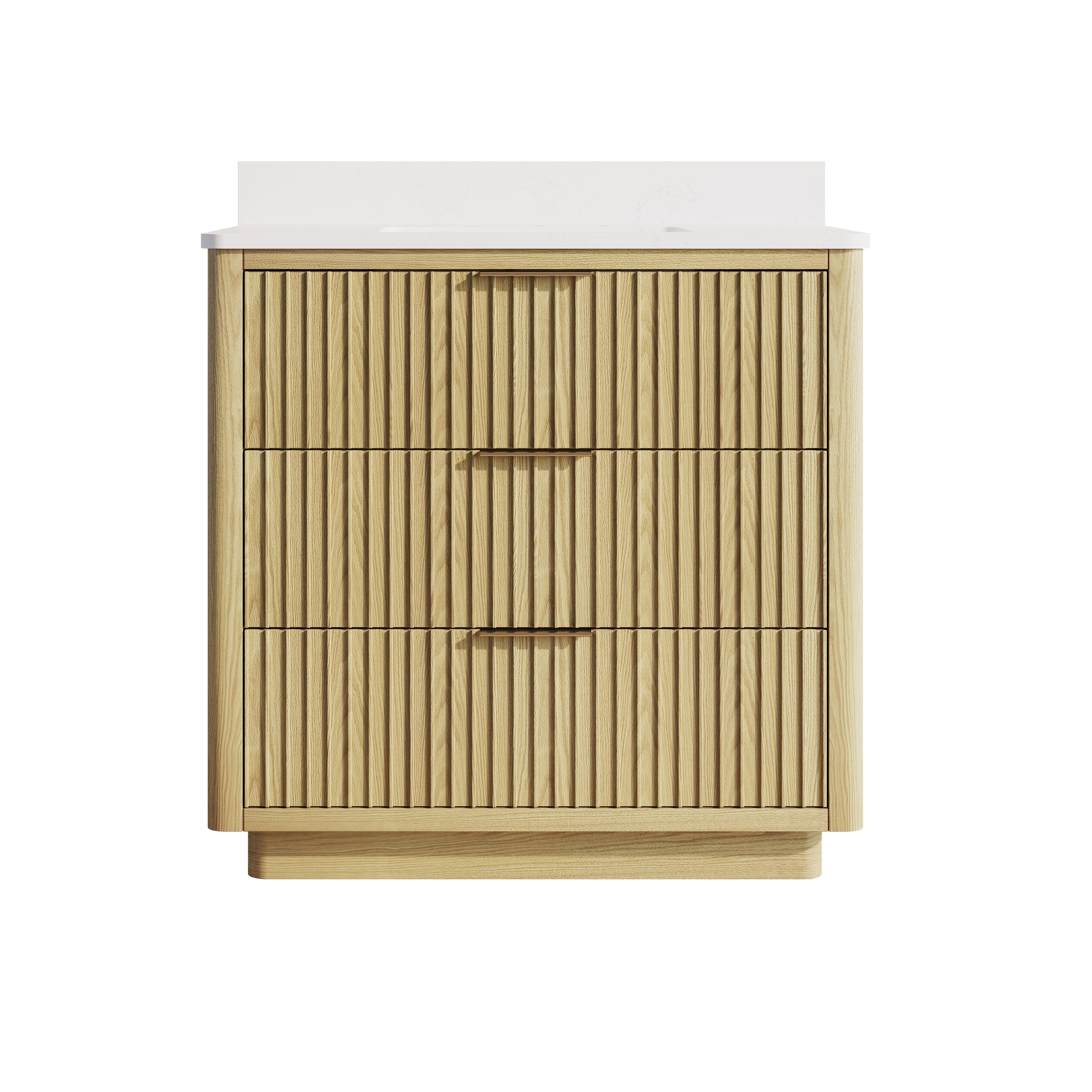
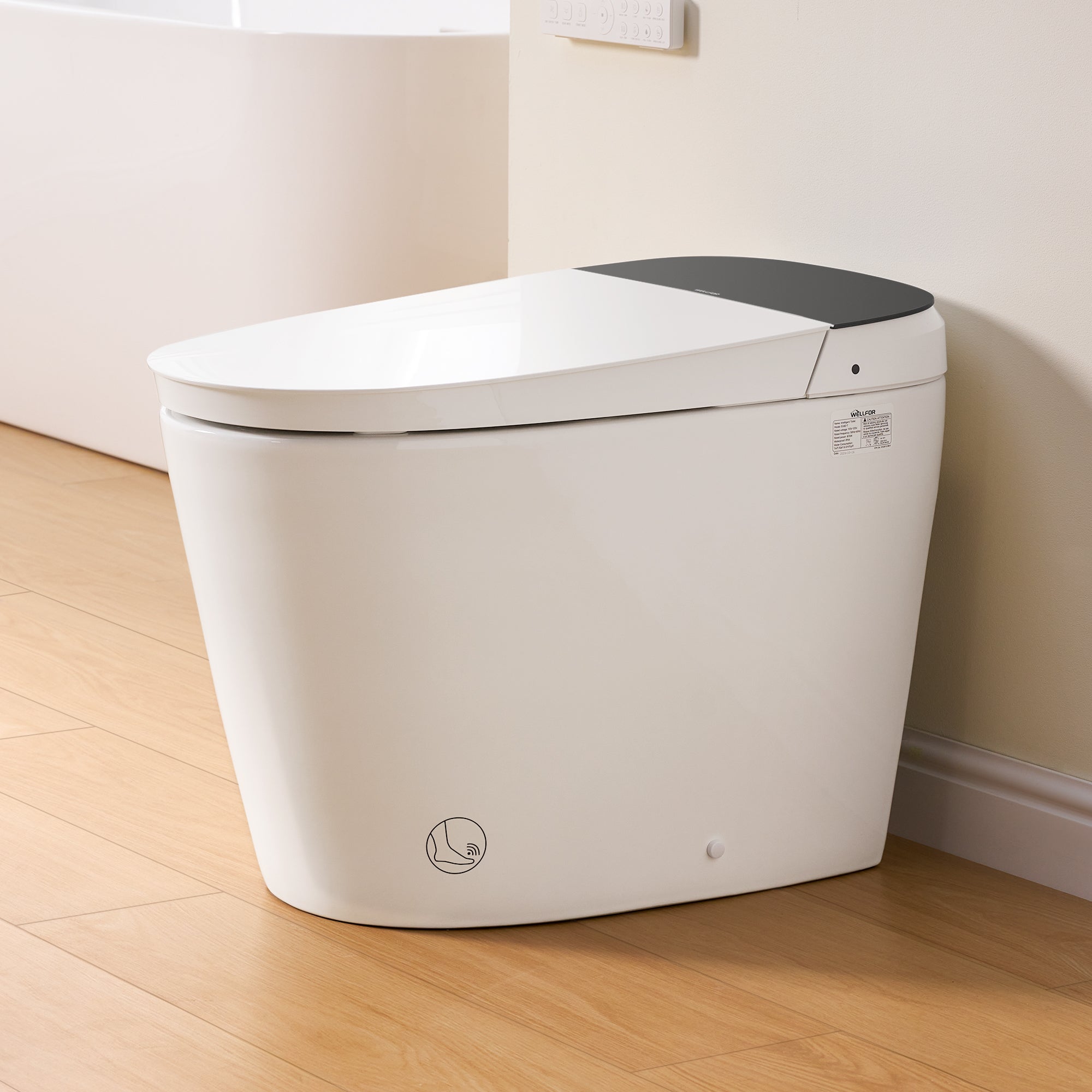
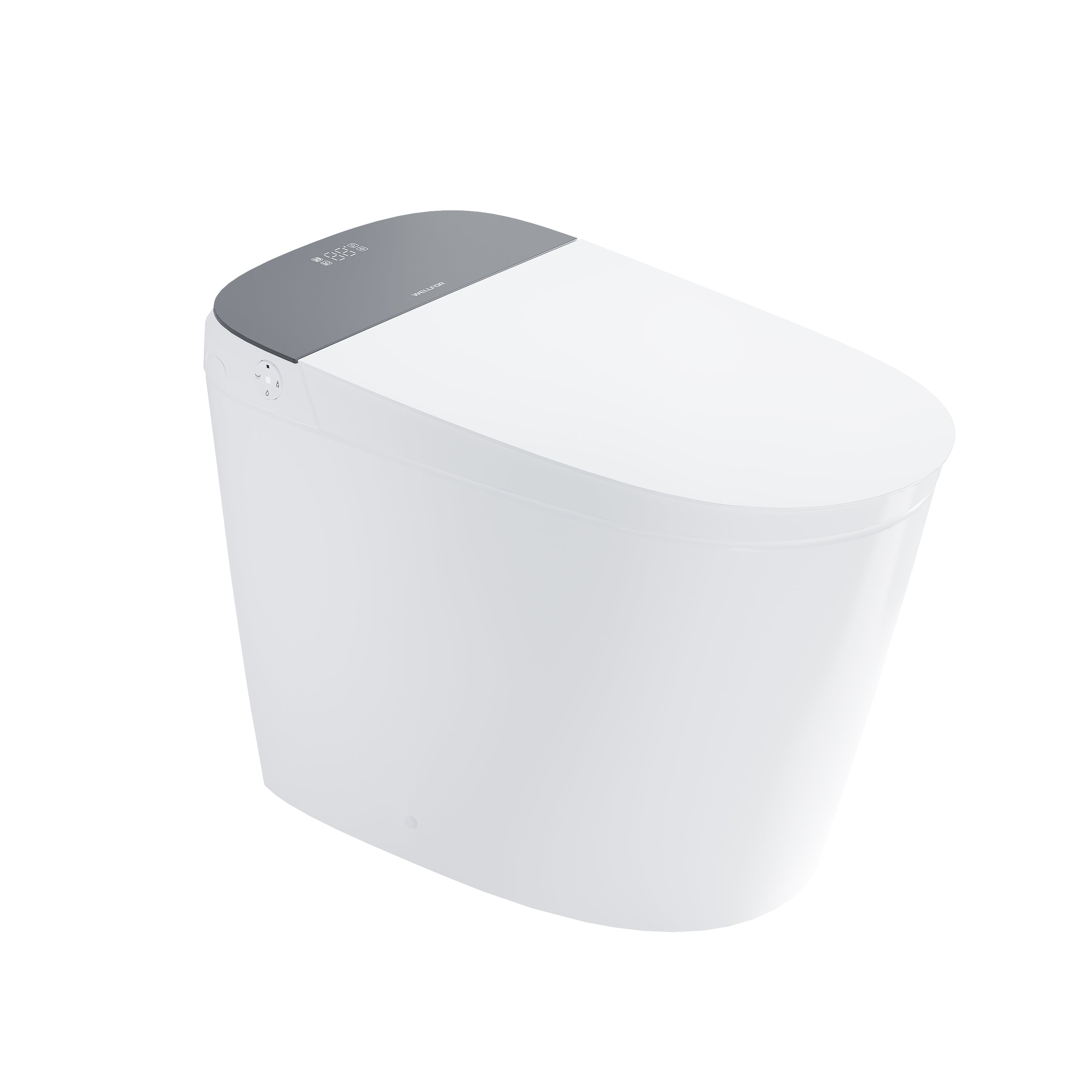
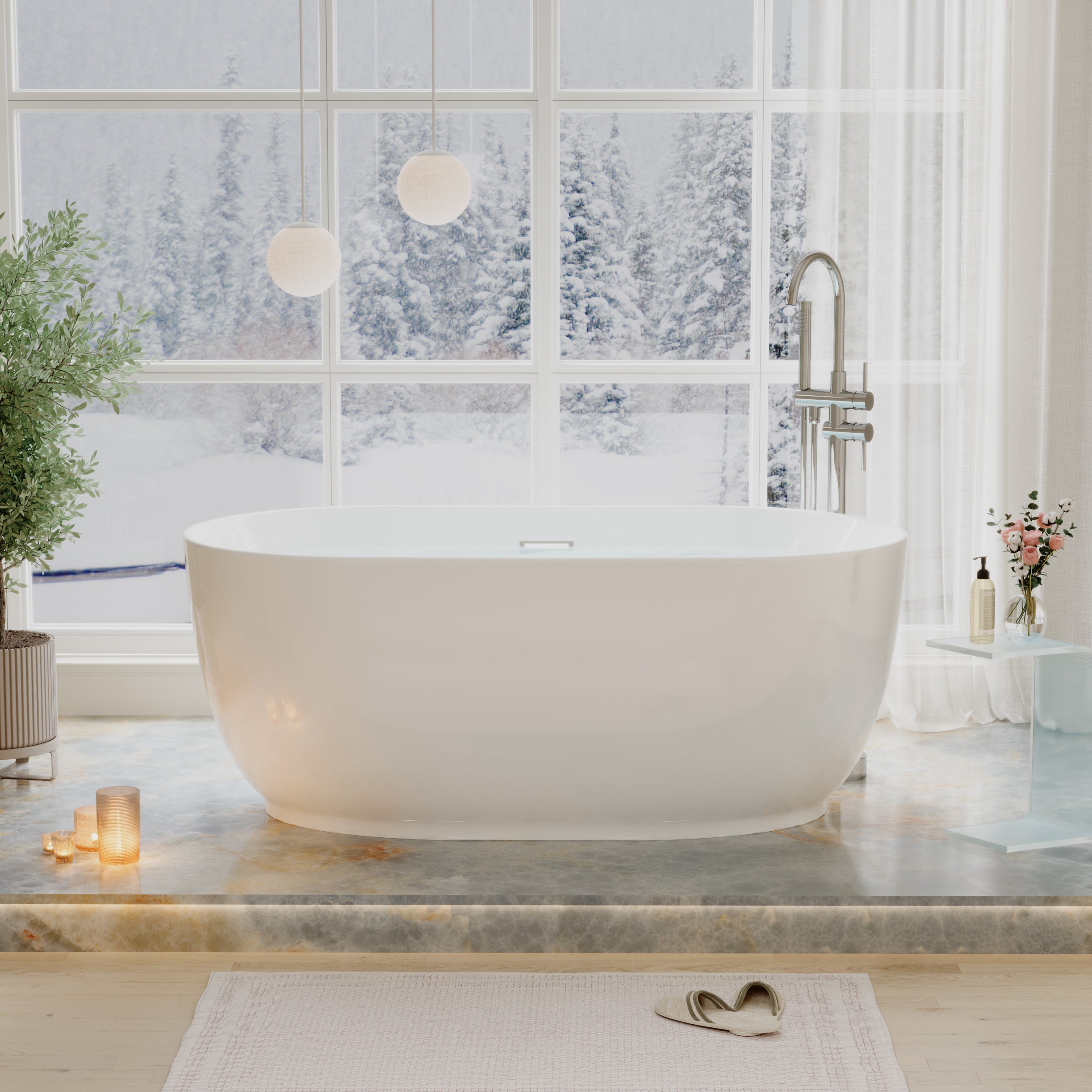
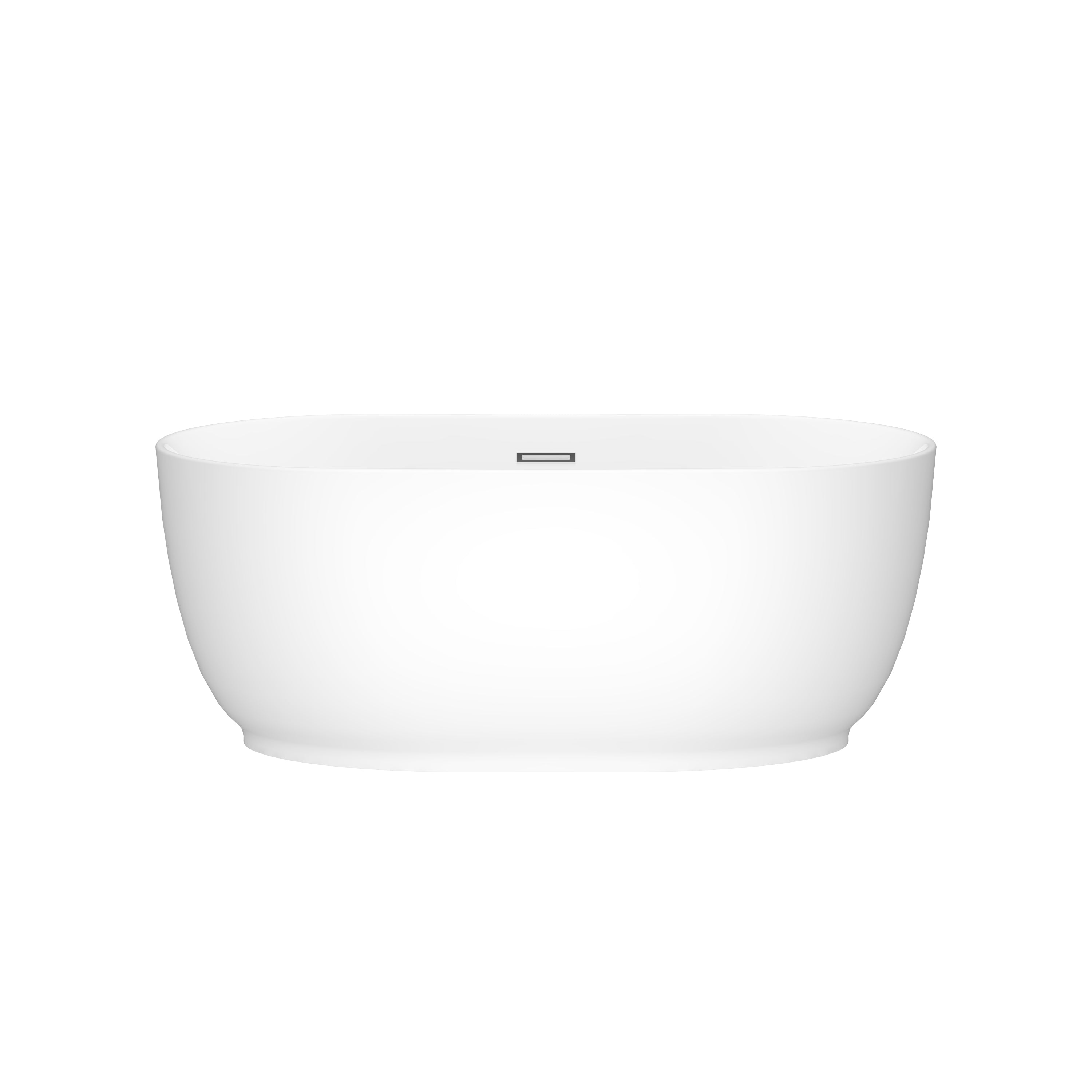
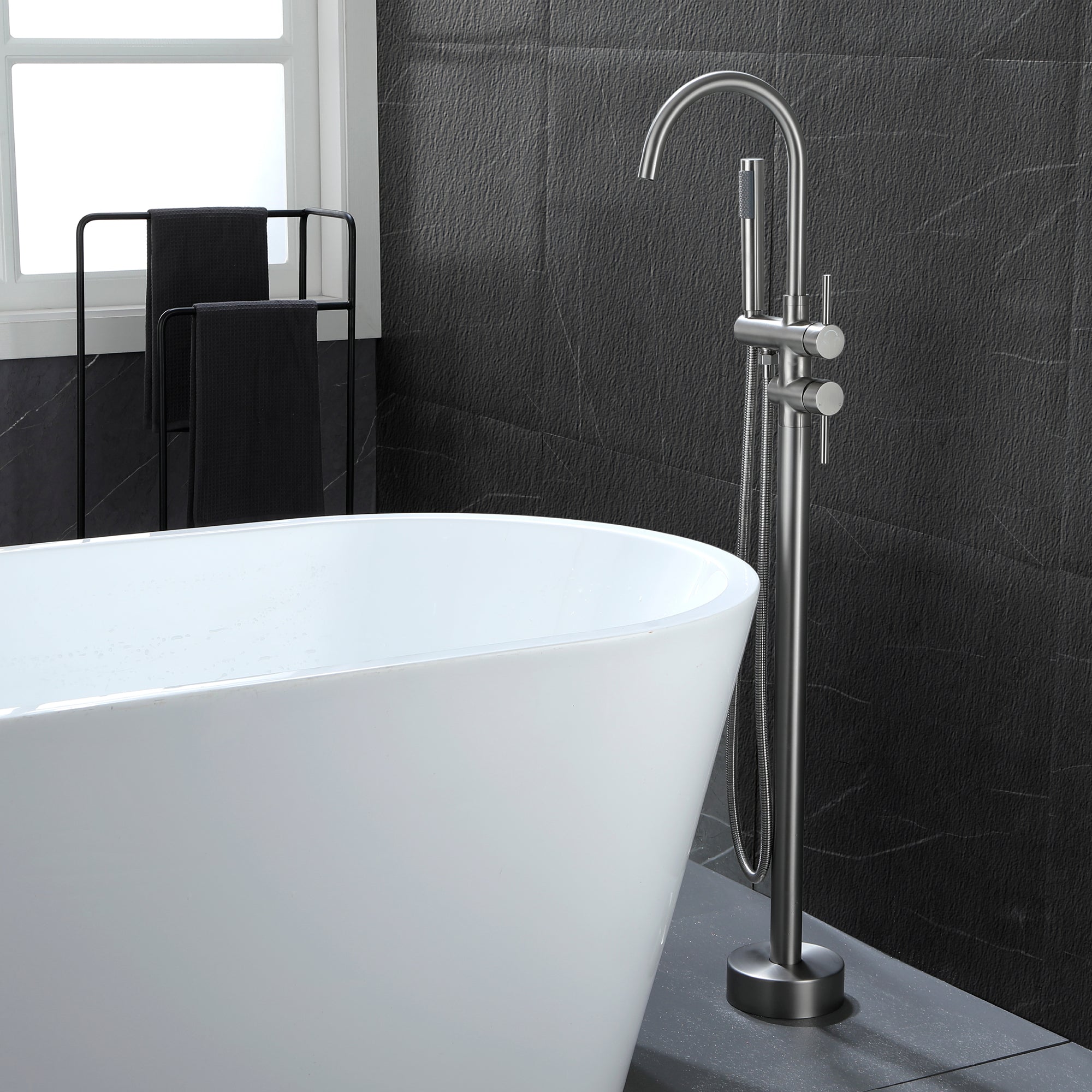

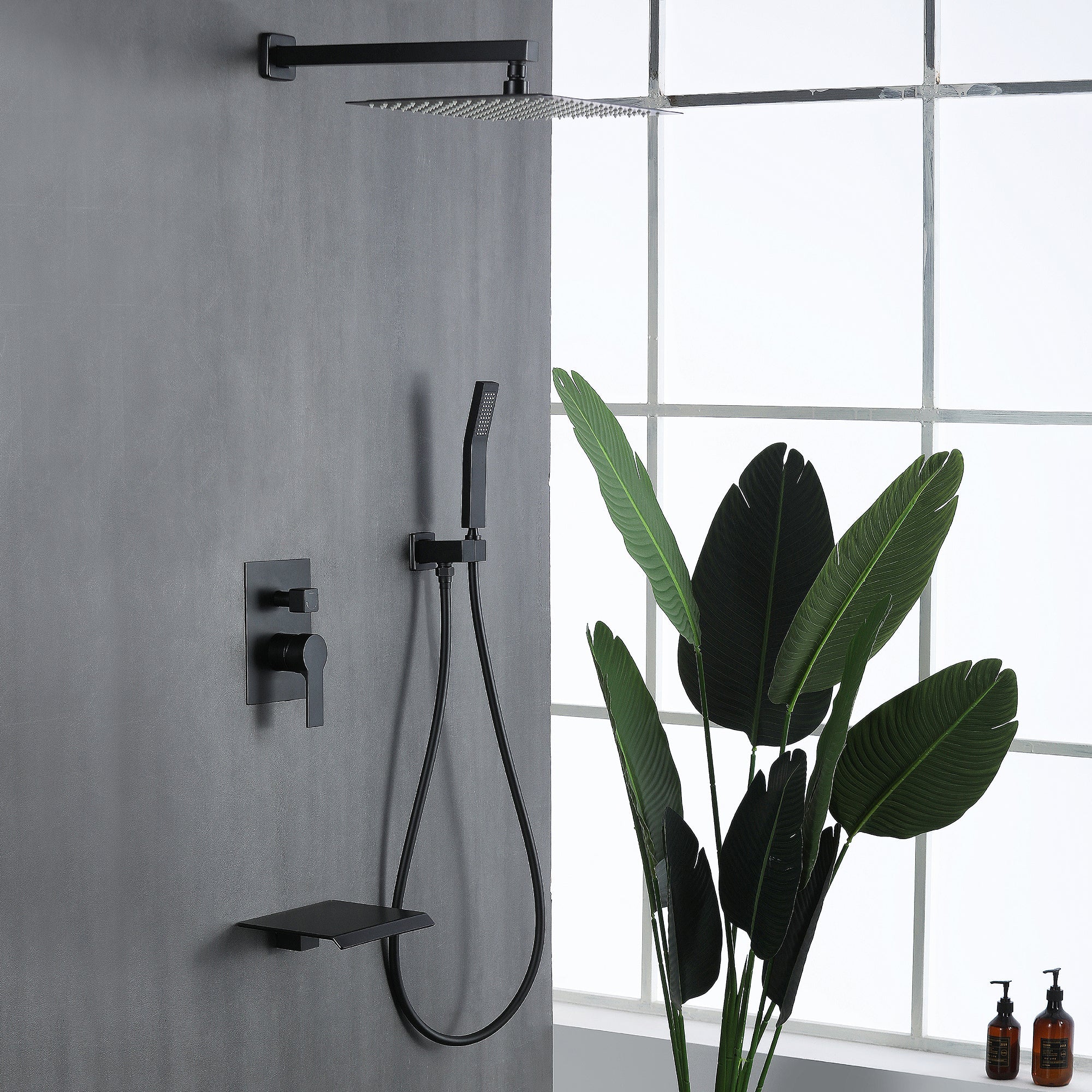
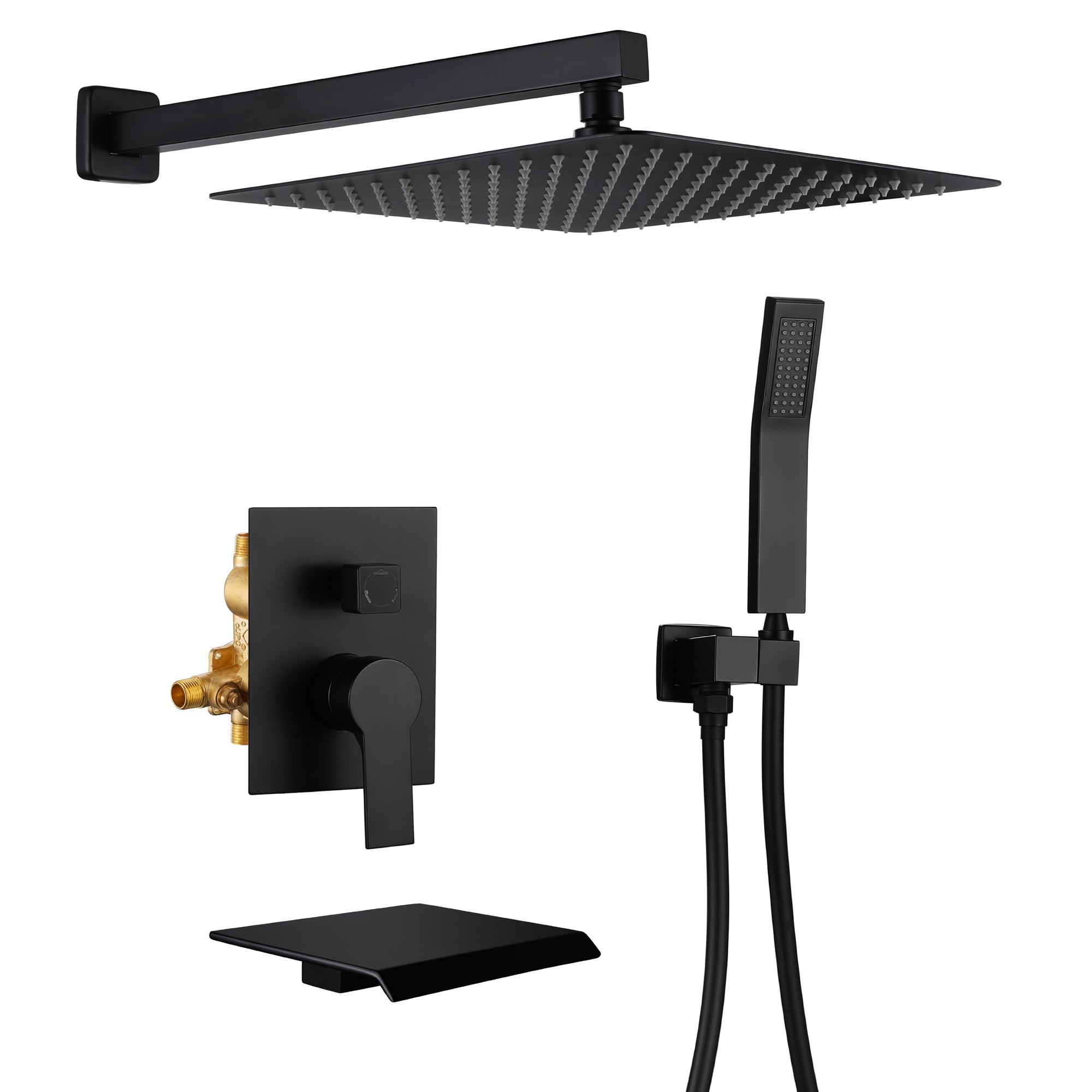
Leave a comment
This site is protected by hCaptcha and the hCaptcha Privacy Policy and Terms of Service apply.